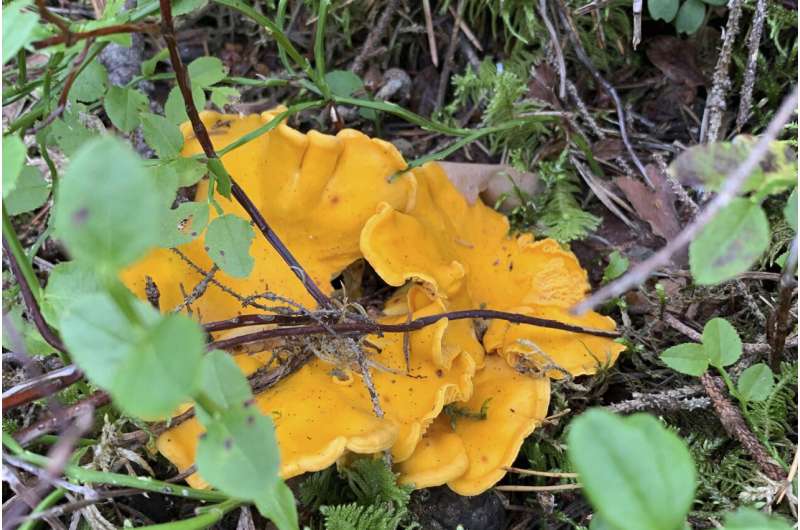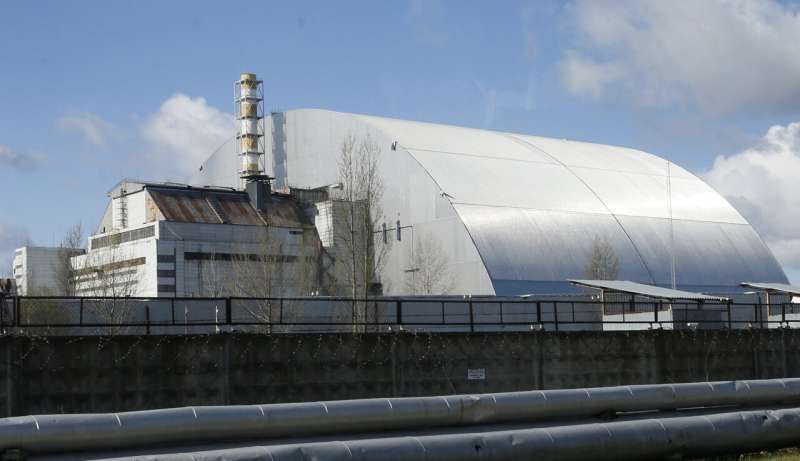This article has been reviewed according to Science X's editorial process and policies. Editors have highlighted the following attributes while ensuring the content's credibility:
fact-checked
reputable news agency
proofread
Mushrooms foraged in Sweden could help research Chernobyl fallout

Sweden's strong foraging culture could help determine how much radioactive fallout remains in the Scandinavian country 38 years after the Chernobyl nuclear explosion.
The Swedish Radiation Safety Authority has asked mushroom-pickers to send samples of this season's harvest for testing. The goal of the measurement project is to map the levels of Cesium-137 in mushrooms, which can absorb the isotope from soil, and see how much remains after the April 26, 1986 disaster at the Soviet nuclear power plant in what is now Ukraine.
Cesium, the key radioactive material released in the fallout, has a half-life of some 30 years. It can build up in the body, and high levels are thought to be a risk.
The radiation watchdog is counting on the foraging lifestyle in Sweden, which is covered by more than 60% of forest, to aid its research. In late summer, many Swedes spend days in the woods collecting berries, mushrooms and plants.
It's asking foragers where they found their bounty—though they don't have to disclose the exact whereabouts of the prized golden chanterelle mushroom.
Spots that regularly produce such chanterelles—often called "the gold of the forest mushroom"—are closely guarded family secrets that could cause headaches for researchers who need data points.
"It doesn't have to be the exact location of the most secret chanterelle spot," said Pål Andersson, an investigator at the Radiation Safety Authority.

Mushroom-pickers are instructed to send in double-bagged edible fungi—at least 100 grams (3.53 ounces) of fresh mushrooms, or 20 grams (0.71 ounces) of dried mushrooms—picked in 2024.
Sweden's safety authority did not say when a result of its research was expected.
Dozens of people were killed in the immediate aftermath of the Chernobyl disaster, while the radioactive fallout spread across Europe. The long-term death toll from radiation poisoning is unknown.
Swedish authorities were the first to detect radioactive fallout in Europe, forcing Soviet officials, who had attempted to cover up the disaster, to open up about it days later.
In 2017, a state veterinary agency in the Czech Republic said about half of all wild boars in the country's southwest were radioactive and considered unsafe for consumption. The boars feed on an underground mushroom that absorbs radioactivity from the soil. Similar problems with radioactive wild animals were reported in Austria and Germany.
© 2024 The Associated Press. All rights reserved. This material may not be published, broadcast, rewritten or redistributed without permission.





















